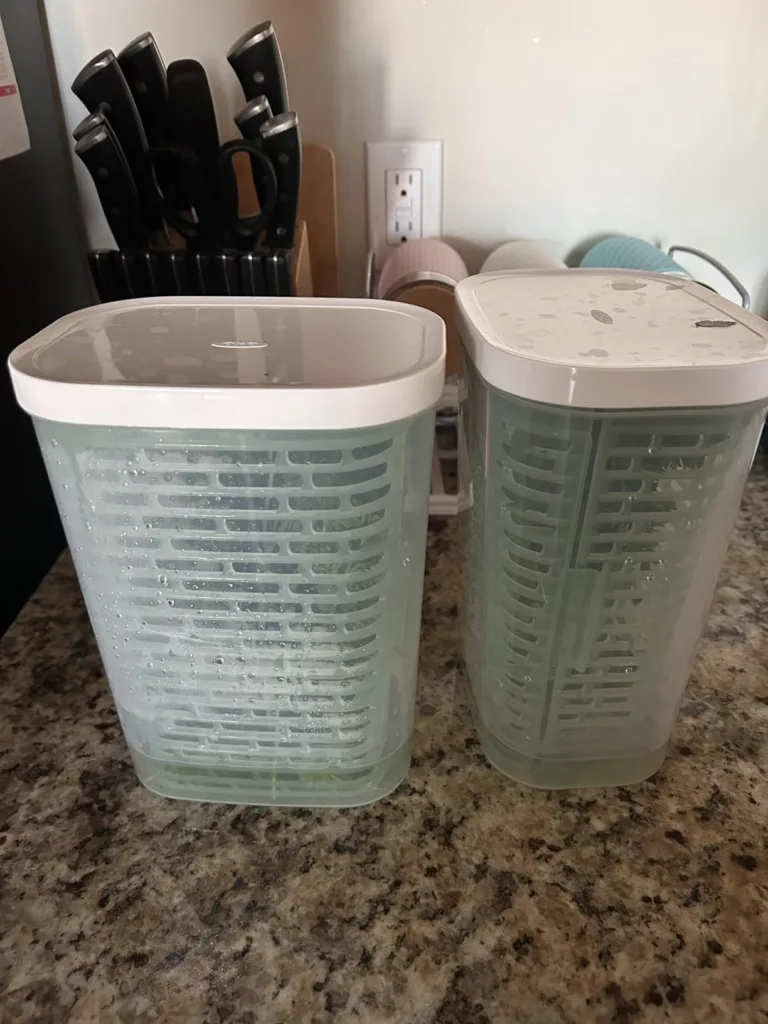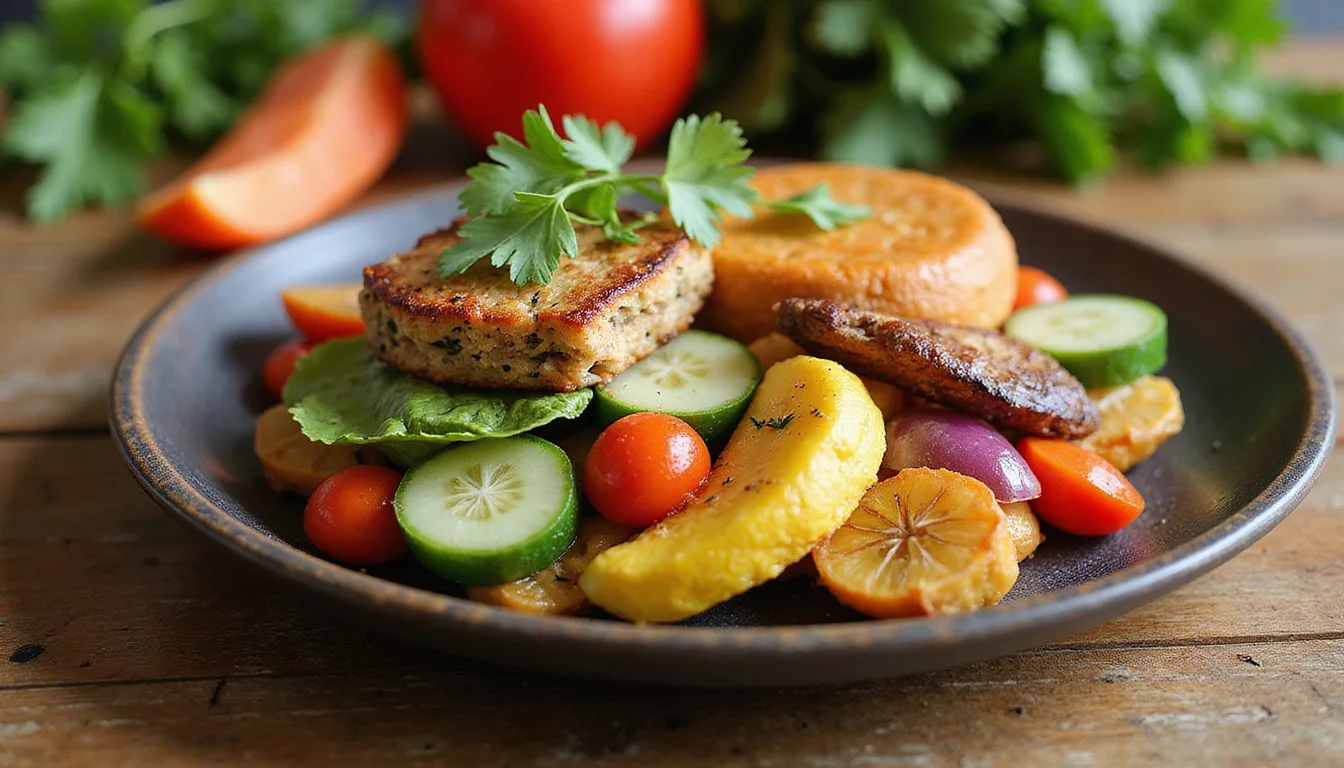
Welcome to Part 3 of the Herb + Keto series. If you’ve stocked your kitchen with basil, parsley, rosemary, and friends (nice work!), the next step is using them the right way. Because, while cooking with fresh herbs is easy to love, they’re also easy to mess up.
In this post, I’ll walk you through the best ways to handle fresh herbs—when to add them, how to prep them, and little tricks to squeeze out every bit of flavor. Whether you’re whipping up scrambled eggs or roasting a whole chicken, cooking with fresh herbs is how you get the most out of enhancing your food with those leafy little legends.
When to Add Fresh Herbs
Fresh herbs aren’t one-size-fits-all when it comes to cooking. Some can handle heat; others are delicate divas that need to be added last minute.
Add Early (they can take the heat):
Rosemary
Thyme
Sage
Oregano (fresh)

Use these in the beginning or middle of cooking—soups, stews, roasts—so they infuse their flavor over time.
Add at the End (or as garnish):

Basil
Parsley
Cilantro
Dill
Chives
These herbs lose their flavor (and color) if cooked too long. Add them in the last few minutes or toss them on top just before serving.
How to Chop Herbs (Without Bruising Them to Death)
For leafy herbs (parsley, cilantro, basil):
- Wash and dry thoroughly (damp herbs = soggy chopping mess).
- Gather into a tight bundle.
- Use a sharp chef’s knife to slice—not crush—through the leaves.
- For basil, go gentle: tear instead of chop if you want a more rustic finish.
For woody herbs (rosemary, thyme):
- Strip the leaves off the stems by pulling them backward.
- Mince finely for better distribution.
Pro tip: Don’t over-chop. Overworked herbs turn black and bitter fast.
How to Store Fresh Herbs So They Don’t Die Immediately
Here’s the thing: herbs are dramatic. One minute they’re perky and lush, and the next they’re limp and weepy.
Soft herbs (cilantro, parsley, dill, basil):
- Store in the fridge—except basil, which prefers room temp.
- Trim the stems.
- Place in a jar of water like a bouquet.
- Loosely cover with a plastic bag.
(About this item ->)
- Hydrates and protects herbs to keep them fresh longer
- Basket promotes 360° air circulation while the lid maintains humidity for freshness
- Hinged basket opens wide for easy access to herbs and protects delicate leaves
- Basket features a handle for lifting in and out of container
- Filling bottom of Herb Keeper with water keeps herbs hydrated
- Herb Keeper stores neatly on refrigerator doors or shelves
- Perfect for basil, parsley, cilantro and more

Hard herbs (rosemary, thyme, sage):

Wrap in a damp paper towel.
Store in a sealed bag in the fridge.
Or skip the panic altogether: chop and freeze in olive oil
using an ice cube tray.
Tricks to Boost Flavor Without Wrecking Your Dish
- Layer your herbs: Add hardy herbs early and delicate herbs at the end for depth and brightness.
- Make herb oil: Blend fresh herbs with olive oil and strain. Drizzle over veggies, eggs, or grilled meats.
- Try compound butter: Mash soft butter with herbs, garlic, and zest. Chill and slice as needed.
- Balance flavors: Use fresh herbs to cut through rich or fatty dishes. Parsley and dill are great for this.
Quick Herb Wins (aka Lazy Keto Upgrades)
- Scrambled eggs + chopped chives = instant upgrade.
- Roast chicken + rosemary sprigs = smells like you know what you’re doing.
- Cauliflower mash + parsley + garlic butter = not boring.
- Zoodles + basil pesto = weeknight winner.
Final Thoughts About Cooking with Fresh Herbs
Fresh herbs are like the final edit to a great draft—they make everything sharper, brighter, and more memorable. And once you get the timing and technique down, they’ll become second nature in your cooking.

Next up: we’re talking herb blends—DIY seasoning mixes that save time and taste amazing. Italian? Greek? Taco night? I’ve got you.
Until then, cooking with fresh herkeep those herbs alive and keep your food interesting.





One thought on “Cooking With Fresh Herbs – Timing, Techniques, and Tricks”